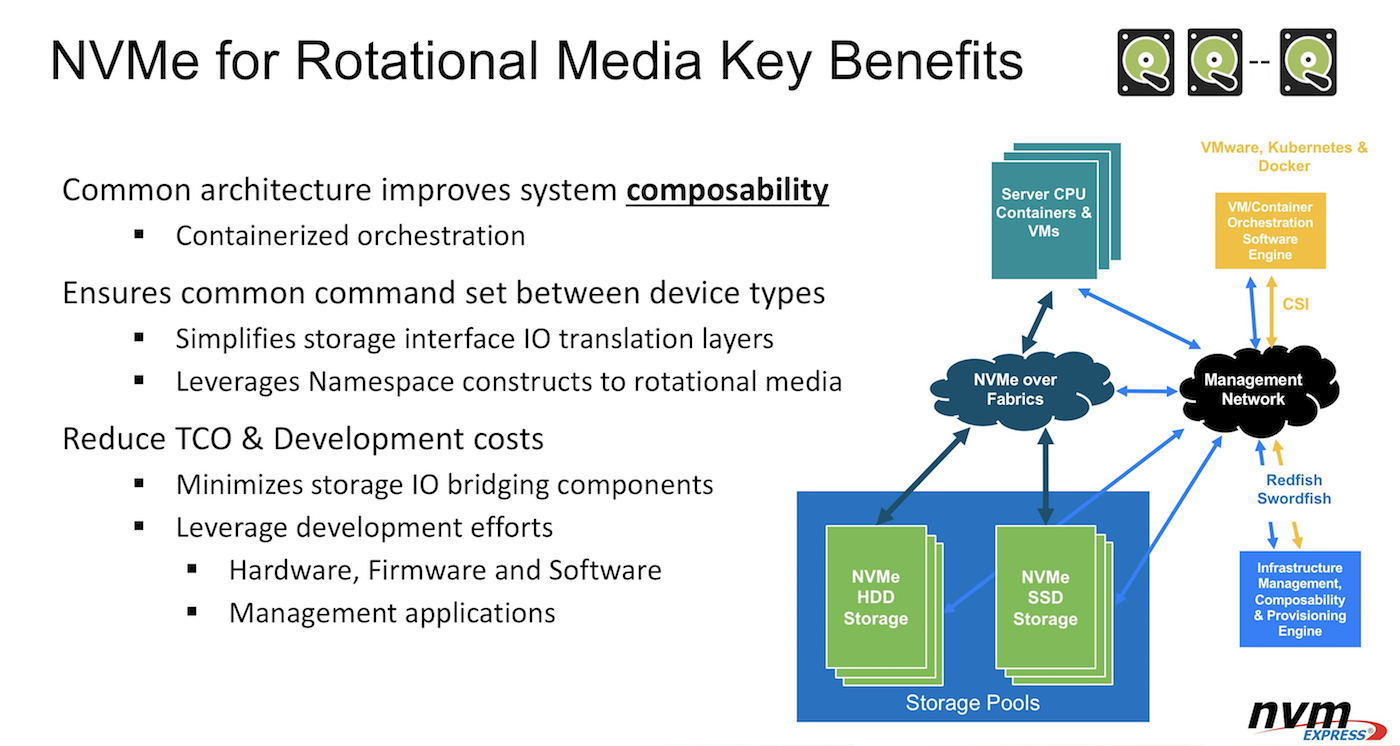Forming strong relationships with prospective patrons, buyers, users and consumers — and converting them into loyal customers — isn’t easy. There’s a lot of competition out there.
When communicating online, the key is to make your website and marketing outreach as engaging as possible. But how do you how to do that?
It all comes down to data.
Analyzing data gives you an opportunity to identify what your customers want, like, and respond well to. As a result, you will be able to forge trusting relationships and secure repeat customers far more easily.
Here are five ways you can use data to boost your website’s customer engagement.
1. Get personal with customers
Global leaders like Amazon and eBay deliver personalized service that often makes you feel as if you’re accessing your own bespoke website. You’ll find recommended products related to your previous purchases — whether it’s comic-books, action figures, kitchen appliances, T-shirts, jewelry, comedy box sets… you name it.
This is an excellent way to make your website more engaging and increase customers’ connection to your services. You can track your visitors’ actions and behavior, and study the gathered data to provide a more personalized experience.
Finding the right kind of products will be far easier for the customer, and you will reinforce that all-important convenience factor.
Adding pixels and cookies to your site makes tracking possible, giving you access to invaluable data and enabling a tailored approach.
2. Evaluate the quality of your communications
Roughly 51 percent of today’s customers expect you to be available as and when they need you. Live chat is one of the most popular communication methods for 24/7 support, and if this isn’t already available on your website, you need to make investing in it a priority. At the click of a button, customers can connect with a live agent in moments.
You need to analyze the quality of your live chat communications, though. Some live chat software enables customers to rate their experience after each interaction with an agent. This is a simple process, yet gives you the data you need to identify which agents or areas of assistance demand closer attention.
You can also utilize time tracking, to monitor the time taken for interactions to be resolved. This enables you to see which types of queries last the longest and minimize interaction lengths as much as possible.
3. Create targeted advertising
The majority of consumers prefer personalized ads, and are nearly twice as likely to click on an ad with an unknown brand if it’s customized to their tastes. Almost half of people have been shown to offer their name and email address to facilitate said personalized ads.
You can build a number of tailored ads to suit your customers by separating your website data into different categories, based on their activities. Segmenting prospective or repeat buyers into their relevant groups is easier when you study their shared interests and purchase habits.
You can be sure the right ads are reaching the right people, making for a healthier return on investment. You’re not just throwing stuff at the wall to see what sticks — you know you have an increased chance of engaging buyers with a well-placed ad.
4. Predict customer behavior
Want to predict customer behavior? Put down that crystal ball and embrace predictive analytics instead.
Predictive analytics grabs snippets of data and analyzes them, giving you the power to predict future purchases and activities on your website with more accuracy. Rather than poring manually through data to see what went wrong or right in the past, you can use it to guide your decisions in the future.
Predicting customer behavior based on data analysis enables you to avoid mistakes and deliver more engaging service. You can discover when you are losing prospects during their journey and why, such as if your landing pages are confusing, the purchase process is cumbersome or your shipping costs are simply too high.
Predictive analytics allows you to see which content has proven most engaging and effective in converting customers, and plan future content to inspire the same reactions.
5. Be flexible and adapt to change
Never let yourself think you have all the answers. You may have started your company by yourself and built it into a successful brand, but if your good intentions and instincts — or even previous data — lead you to do a few key things wrong, it may soon have a major negative impact on engagement.
For example, what if you cut your customer support team by half to funnel more money into your web design? That might give you a masterpiece of a website, but people reaching out for help might start to notice longer hold times, slower responses or a general decline in engagement.
Your data will indicate which aspects of your website engage and which don’t. You have to be willing to react to the evidence and adapt. Look at data from across your entire site and encourage customers to deliver feedback on their experience.
Along with analytical data, first-hand information from prospects and returning buyers can build trust and increase engagement in a big way. So collect stories, anecdotes and experiences from your customers too; enough of this kind of data can also become a valid sample to draw insights from.
Data is essential to every business today. Whether you’re a startup or an industry powerhouse, gathering data from customer activities and interactions enables you to boost engagement across your whole audience.







